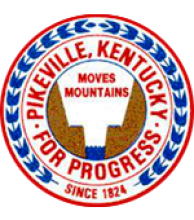Christopher Talks North Carolina, Local Solutions
How do we connect rural America? Unreliable, slow Internet service with data caps is the norm for much of the country. Even though the federal government gives billions of dollars to large telecom companies, North Carolina is one of the many states that still has an urban and rural digital divide.
Western North Carolina Public Radio (WCQS) recently spoke with our Christopher Mitchell about local ways to improve rural Internet access. While Christopher spoke of electric cooperatives, two other initiatives are also seeking creative solutions in the western half of the state.
Potential Service from Electric Cooperatives
Communities across the U.S. are already bringing better connectivity to their homes and businesses. Specifically, Christopher pointed to the growing number of electric cooperatives providing Internet service:
“When you look at the threat communities face from not having broadband Internet—the way people are moving away, and fewer people are willing to move in—these electric membership corporations really have to think about what they can do to make sure there’s a high quality of life.”
In our 2016 North Carolina Connectivity report, we explored the work of two local electric cooperatives, Lumbee River and Blue Ridge Mountain. They collaborated with telephone cooperatives to provide high-speed Internet service in the several rural counties near Georgia.
Spotlight on Local Solutions
The WCQS article reported on two more local initiatives: the community network in Highlands, North Carolina, and the nonprofit Land of Sky Regional Council.
Back in 2015, the people of Highlands saw that poor Internet access was hurting their community. They quickly built the Altitude Community Broadband network. Highlands Internet Technology Director Matt Shuler told WCQS:



